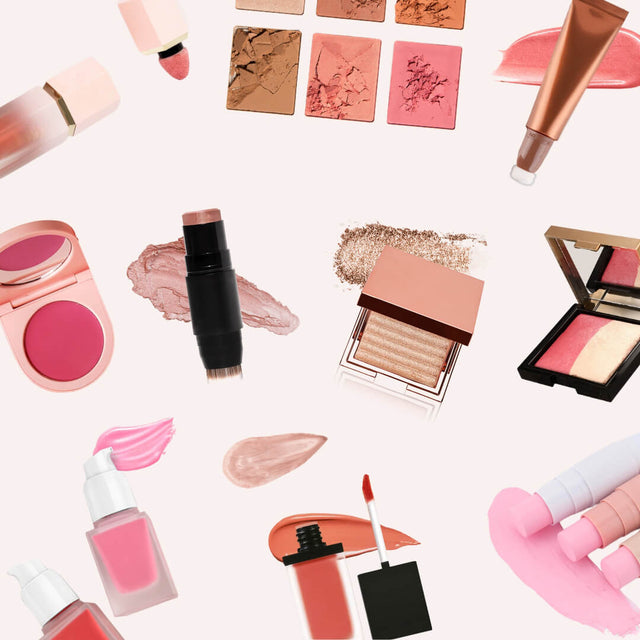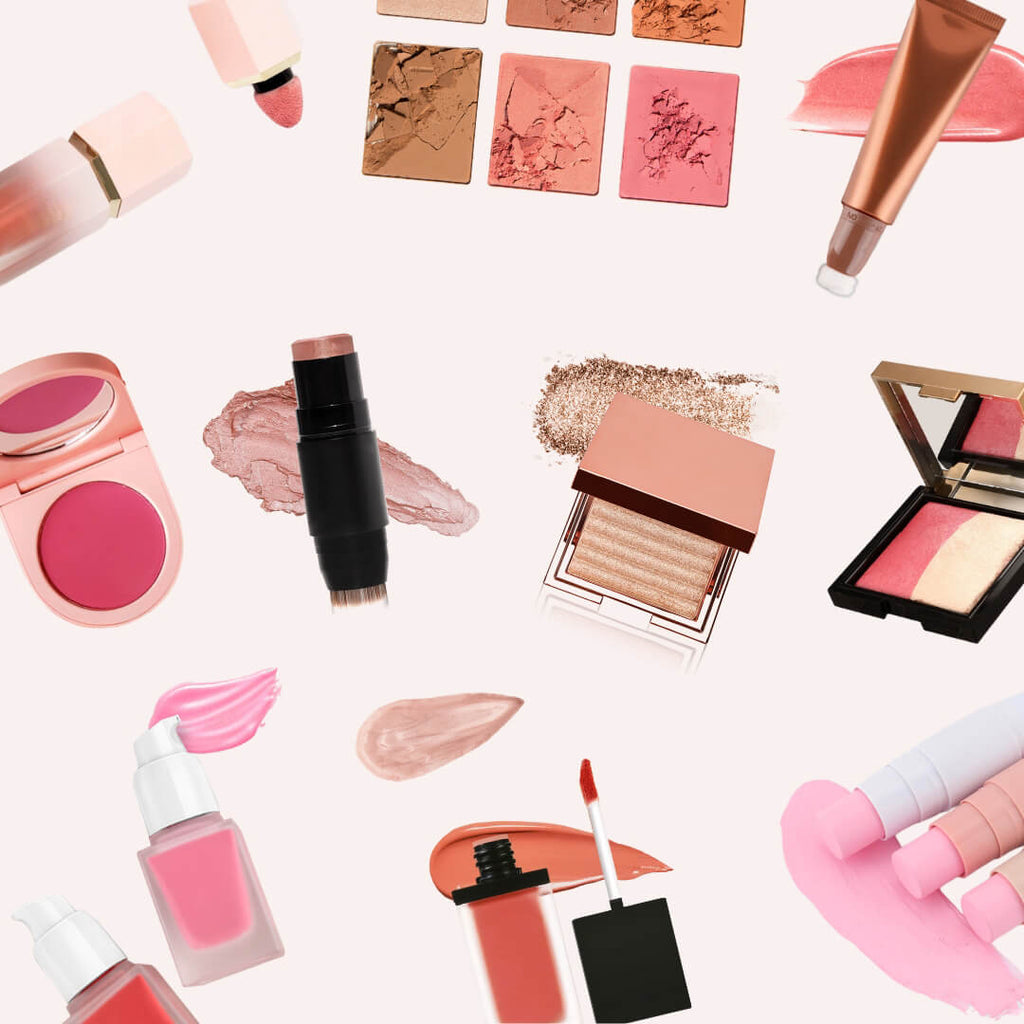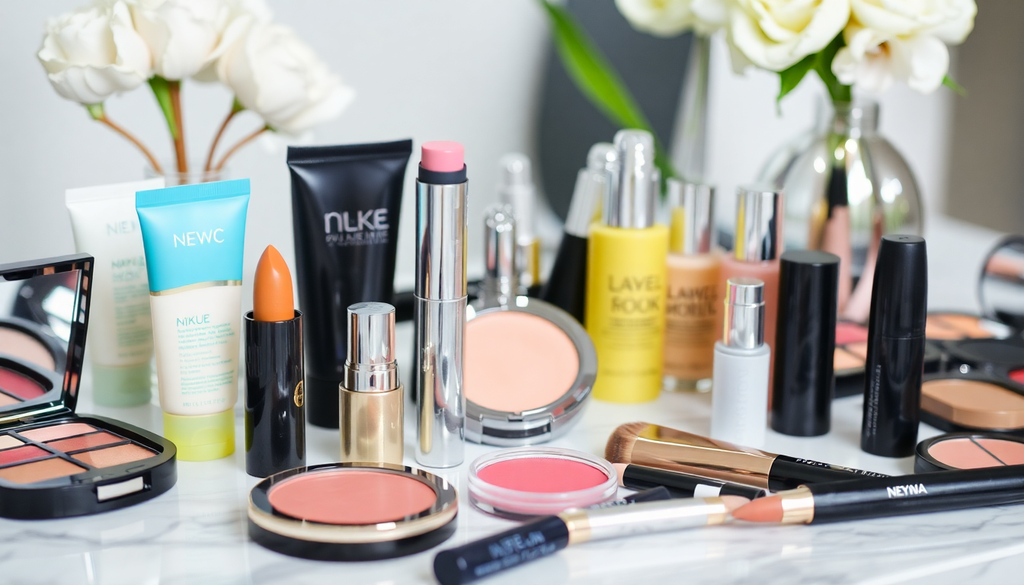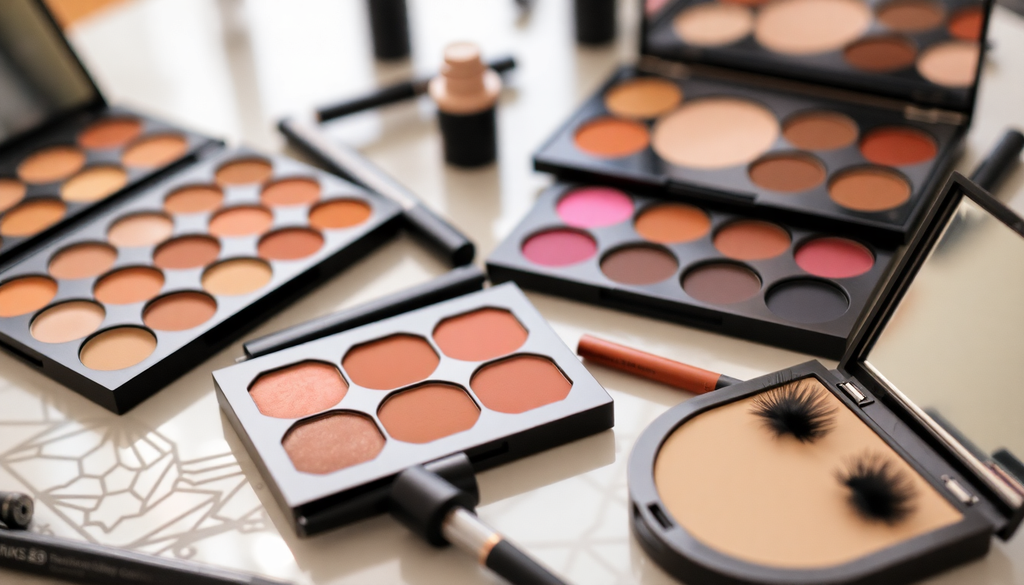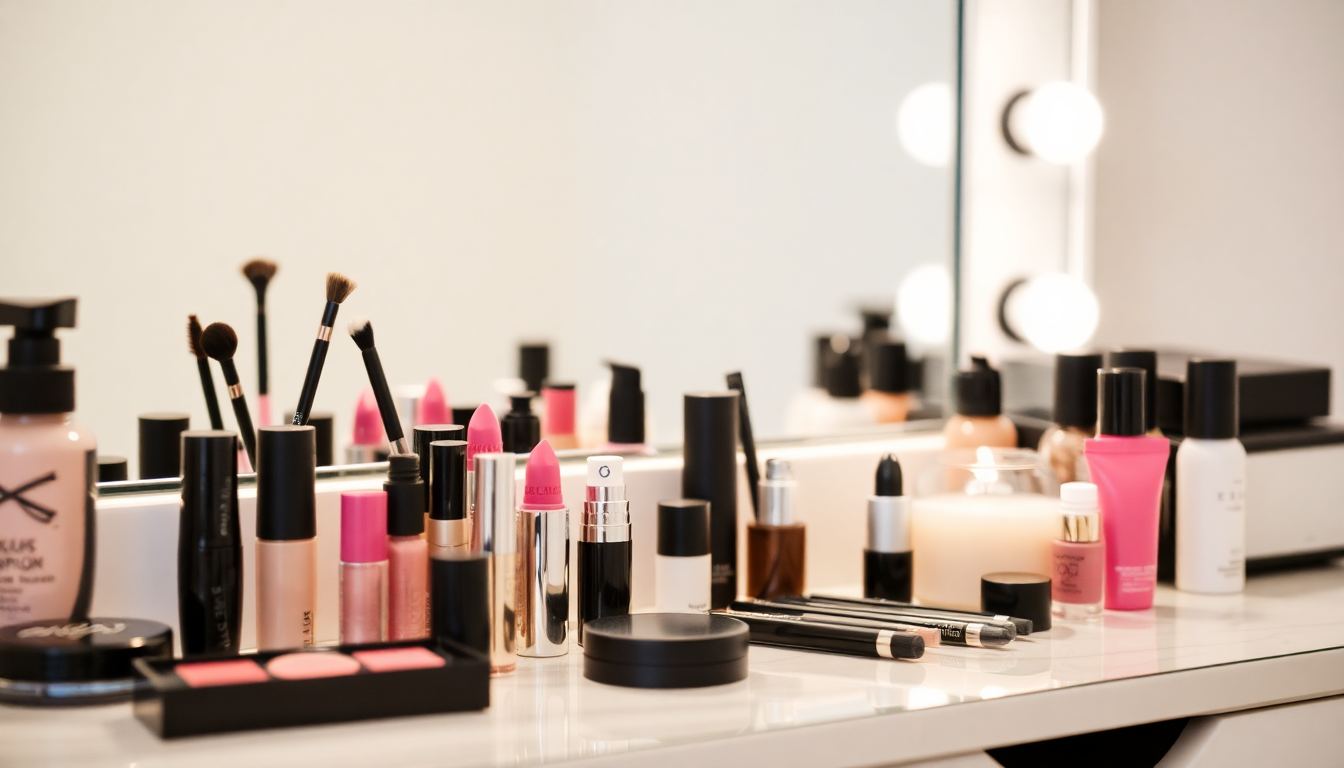
Launching Your Makeup Brand in 2025: Essential Insights on Global Cosmetics Regulations and Marketing Strategies for Key Markets
Introduction
As 2025 unfolds, the beauty industry is experiencing unprecedented growth, driven by consumer demand for innovative and personalized makeup products. For aspiring entrepreneurs, launching a makeup brand presents both exciting opportunities and significant challenges. Understanding the global cosmetics regulations, market dynamics, and effective marketing strategies is crucial for success. This comprehensive guide will equip you with the essential insights needed to navigate the complexities of launching your makeup brand in various markets around the world.
Understanding Global Cosmetics Regulations
Before diving into the makeup business, it’s vital to familiarize yourself with the regulations governing cosmetics in different regions. Compliance with these regulations not only ensures product safety but also builds consumer trust. Here’s a detailed breakdown of key markets:
1. United States
- FDA Regulations: In the U.S., cosmetics are regulated by the Food and Drug Administration (FDA). While the FDA does not approve cosmetics before they hit the market, it requires that products are safe for consumer use. Ensure that your products are labeled correctly and adhere to ingredient safety requirements. Avoid using prohibited ingredients and be prepared for potential recalls if safety issues arise.
- Import Policies: If you're importing products, be aware of the tariffs and import duties that may apply. Additionally, products must be registered with the FDA. It's essential to have the necessary documentation to avoid customs delays.
- State Regulations: Some states have their own regulations regarding cosmetics. For example, California has stricter guidelines concerning harmful chemicals. Familiarizing yourself with these regulations is crucial.
2. European Union
- Cosmetic Regulation (EC) No 1223/2009: This regulation mandates that cosmetic products must be safe for human health when used under normal or reasonably foreseeable conditions. A Product Information File (PIF) must be maintained for each product, detailing ingredients, safety assessments, and manufacture processes.
- Labeling Requirements: All ingredients must be listed in descending order of weight, and specific warnings must be included for certain ingredients, such as allergens. Ensure compliance with the EU’s classification, labeling, and packaging (CLP) regulation.
- Product Safety Assessment: Before launching any product, you must conduct a product safety assessment carried out by a qualified professional to ensure compliance with EU regulations.
3. Asia-Pacific Markets (e.g., China, Japan, South Korea)
- China: The Chinese cosmetics market is one of the largest in the world, but it comes with stringent regulations. Traditional imports require animal testing for imported cosmetics, although some exemptions are being made for specific products. Understanding the registration process, including filing a New Cosmetic Ingredient Notification (NCIN) for any new ingredients, is key. Building relationships with local distributors can also facilitate market entry.
- Japan: Cosmetics are regulated under the Pharmaceutical and Medical Device Act. Ensure compliance with product safety standards and labeling laws, which require the inclusion of product efficacy claims and ingredient listings. Conducting market research to understand consumer preferences is also important, as Japanese consumers often prioritize quality and safety.
- South Korea: Known for its stringent regulations, South Korea requires all cosmetics to be registered with the Ministry of Food and Drug Safety (MFDS). The Korean market is also highly influenced by the K-beauty trend, emphasizing innovative ingredients and packaging. Engage in thorough market research to identify local beauty trends and preferences.
4. Middle East
- UAE: The Emirates Authority for Standardization and Metrology (ESMA) oversees product compliance. Ensure that your products meet local standards and that you have the appropriate certifications, such as the Emirates Conformity Assessment System (ECAS). The UAE is a hub for luxury cosmetics, making it essential to position your brand accordingly.
- Saudi Arabia: The Saudi Food and Drug Authority (SFDA) regulates cosmetics. A registration process is required for all cosmetic products sold in the country. Additionally, understanding cultural sensitivities and preferences in the Saudi market can enhance your brand's appeal.
Setting Up Your Makeup Online Store
Establishing a robust online presence is vital for your makeup brand. Here are the essential steps you should take to set up your online store:
- Choose an E-commerce Platform: Select an e-commerce platform like Shopify, WooCommerce, or BigCommerce, which offers user-friendly interfaces and customizable options for your online store. Consider factors such as ease of use, scalability, and payment integration options.
- Design and User Experience: Invest in a visually appealing website design that reflects your brand identity. Ensure that the user experience is seamless, with easy navigation, high-quality images, and a straightforward checkout process. Incorporate features like product reviews and customer testimonials to build trust.
- Payment Gateways: Integrate secure payment options to facilitate transactions and build customer trust. Consider offering multiple payment methods, including credit cards, PayPal, and local payment systems popular in your target markets.
- Mobile Optimization: With a growing number of consumers shopping on mobile devices, ensure your website is mobile-friendly. A responsive design enhances user experience and can improve your search engine ranking.
- Logistics and Shipping: Plan your logistics carefully. Partner with reliable fulfillment centers and shipping companies to ensure timely delivery. Offer a clear return policy to enhance customer confidence.
Implementing Effective Marketing Strategies
Marketing your makeup brand effectively is essential for gaining traction in a competitive market. Here are some strategies to consider:
- Social Media Marketing: Leverage platforms like Instagram, TikTok, and YouTube to showcase your products through engaging content, tutorials, and influencer collaborations. Create visually appealing content that highlights your brand’s unique selling points.
- Email Marketing: Build a mailing list to keep your customers informed about new launches, promotions, and brand stories. Segment your audience to deliver personalized content that resonates with different customer groups.
- SEO Optimization: Optimize your website for search engines by using relevant keywords, creating high-quality content, and ensuring a mobile-friendly design. Consider starting a blog that focuses on makeup tips, trends, and tutorials to attract organic traffic.
- Trendy Collaborations: Partner with influencers and beauty experts who resonate with your target audience to gain credibility and reach new customers. Consider launching limited edition products or collaborations that tap into current beauty trends.
- Content Marketing: Create valuable content that educates your audience about makeup application, trends, and skincare tips. This not only establishes your brand as an authority but also drives traffic to your website.
- Utilize User-Generated Content: Encourage customers to share their experiences with your products on social media. User-generated content acts as social proof and can significantly influence potential buyers.
Staying Ahead of Trends in the Makeup Industry
The makeup industry is constantly evolving, with new trends emerging regularly. Here are some of the key trends to watch in 2025:
- Sustainability: As consumers become more environmentally conscious, there is a growing demand for sustainable and eco-friendly makeup products. Consider using biodegradable packaging and sourcing ingredients responsibly.
- Inclusive Beauty: Diversity and inclusivity in beauty products are more important than ever. Ensure your product range caters to a variety of skin tones and types to appeal to a broader audience.
- Personalization: Consumers are increasingly seeking personalized beauty solutions. Consider offering customizable products or services that allow customers to tailor their makeup to their individual preferences.
- Clean Beauty: The clean beauty movement continues to gain momentum, with consumers looking for products free from harmful chemicals. Transparency in ingredient sourcing and formulation is key.
- Virtual Try-Ons: With advancements in technology, virtual try-on tools are becoming more popular. Implementing AR technology can enhance the online shopping experience, allowing customers to visualize how products will look on them.
Conclusion
Launching a makeup brand in 2025 requires a deep understanding of global cosmetics regulations, effective marketing strategies, and a keen awareness of industry trends. By ensuring compliance with regulations, establishing a strong online presence, and implementing innovative marketing techniques, you can carve out a niche for your brand in the ever-evolving beauty landscape. Stay ahead of trends, listen to your audience, and be prepared to adapt as the industry continues to change. With the right strategies in place, your makeup brand can thrive in a competitive market and capture the hearts of beauty enthusiasts worldwide.

